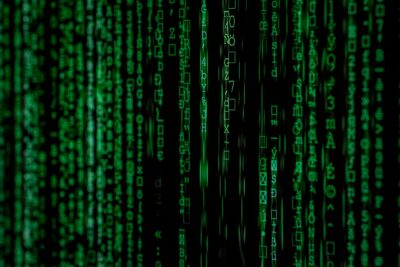Ensuring Content Integrity with Advanced DRM Technologies
Introduction to Digital Watermarking and DRM
Digital watermarking has emerged as a powerful tool in the arsenal of Digital Rights Management (DRM) technologies, offering a robust solution for embedding invisible markers into digital assets. When used in conjunction with other DRM technologies such as encryption and access control, digital watermarking provides comprehensive protection against unauthorized access, distribution, and piracy.
Digital watermarking involves embedding imperceptible information into digital content, such as images, videos, or audio files. These watermarks serve as unique identifiers, enabling content owners to track the origin of digital assets and detect instances of unauthorized usage. By integrating digital watermarking into DRM systems, content creators can assert their ownership rights and deter potential infringers from exploiting their intellectual property.
Enhancing Security Through Encryption and Access Control
While digital watermarking plays a crucial role in content identification and tracking, its effectiveness is further amplified when combined with other DRM technologies. Encryption serves as the first line of defense, ensuring that digital content remains inaccessible to unauthorized parties. By encrypting digital assets using advanced cryptographic algorithms, DRM systems prevent unauthorized viewing, copying, or modification of content, thereby safeguarding the interests of content owners.
Access control mechanisms complement encryption by enforcing granular permissions and restrictions on digital content. Through access control policies, content owners can specify who can access, view, or modify digital assets, and under what conditions. This granular control ensures that only authorized users with the requisite permissions can interact with protected content, minimizing the risk of unauthorized distribution or leakage.
The Role of Artificial Intelligence in Digital Watermarking
Artificial Intelligence (AI) is revolutionizing the field of digital watermarking by enhancing the efficiency and effectiveness of content protection mechanisms. AI algorithms can analyze vast amounts of data to identify optimal embedding strategies for digital watermarks, ensuring maximum invisibility and robustness against attacks. For example, AI-powered optimization algorithms can adaptively adjust watermark parameters based on content characteristics and distribution channels, optimizing the balance between imperceptibility and resilience.
Furthermore, AI-driven watermark detection algorithms are instrumental in identifying and extracting watermarks from digital content, even in the presence of various distortions and manipulations. These algorithms leverage machine learning techniques to learn patterns associated with different watermarking techniques and adapt to evolving attack methods. By continuously learning from new data and feedback, AI-based watermark detection systems can stay ahead of adversaries and maintain the integrity of content protection mechanisms.
Modern Technologies for Real-Time Content Monitoring and Enforcement
In addition to watermarking, modern technologies enable real-time monitoring and enforcement of content usage policies, further enhancing content security. Advanced AI algorithms can analyze streaming data from digital platforms to detect and prevent unauthorized sharing or distribution of watermarked content. By monitoring user behavior and digital transactions, AI-powered systems can identify suspicious activities and take proactive measures to mitigate risks, such as issuing alerts or blocking access to infringing content.
Moreover, blockchain technology offers a decentralized and immutable ledger for recording watermark ownership and usage rights. By leveraging blockchain smart contracts, content owners can automate the enforcement of licensing agreements and royalty payments, ensuring fair compensation for their intellectual property. This combination of AI-driven monitoring and blockchain-based enforcement creates a robust ecosystem for protecting digital content in real-time, empowering content creators and distributors with greater control and transparency.
Conclusion: Empowering Content Owners with Comprehensive Protection
In conclusion, digital watermarking represents a cornerstone of modern DRM strategies, offering content owners a powerful means of asserting their ownership rights and protecting their digital assets. By leveraging advanced technologies such as encryption and access control in conjunction with digital watermarking, Saudi Arabia and the UAE can create a robust framework for safeguarding intellectual property in the digital realm.
As businesses and content creators continue to navigate the complexities of the digital landscape, the importance of comprehensive content protection cannot be overstated. By prioritizing the adoption of DRM technologies and embracing innovative solutions like digital watermarking, organizations can mitigate the risks associated with digital piracy, unauthorized distribution, and content theft. Together, these efforts lay the foundation for a secure and thriving digital ecosystem in which creativity, innovation, and intellectual property rights are respected and upheld.
—
#DigitalWatermarking #DRMTechnologies #ContentProtection #Encryption #AccessControl #DigitalSecurity #SaudiArabiaTech #UAETechnology #IntellectualProperty #DigitalPiracy #Cybersecurity #ContentIntegrity























